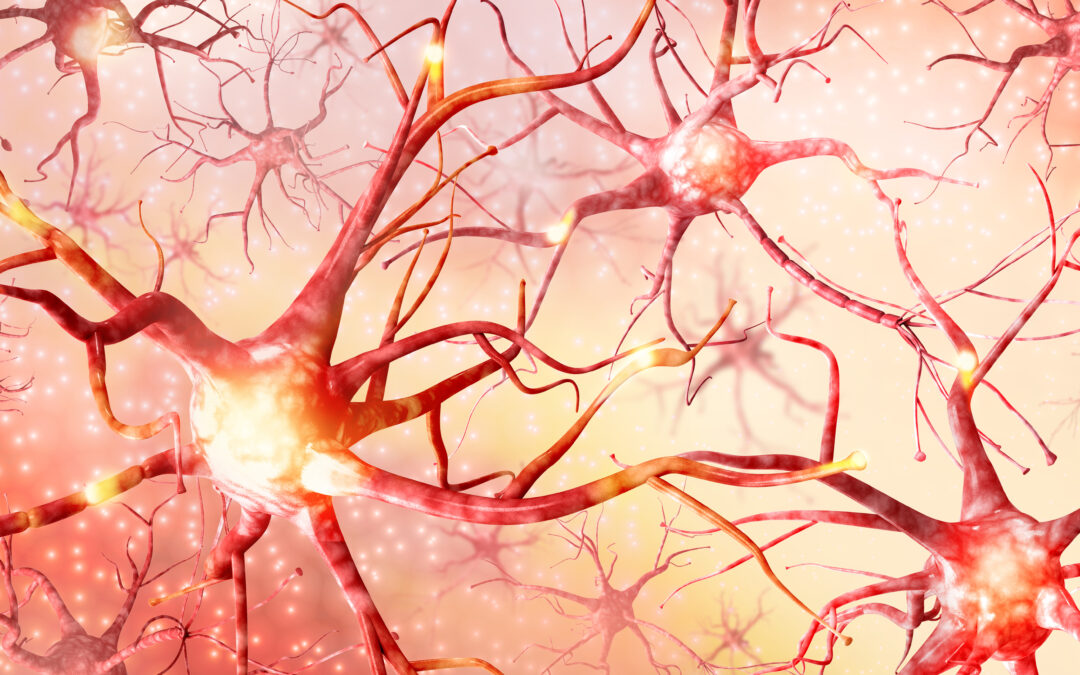The neuroplasticity induced by working memory training (WMT) has emerged as a significant area of research in cognitive neuroscience. Recent neuroimaging studies have provided compelling evidence for both immediate and delayed effects of WMT on brain structure and function, elucidating the neural mechanisms underlying cognitive enhancement.
Immediate effects of WMT on brain plasticity have been observed across multiple domains. Functional changes in neural activity have been documented in response to short-term training. Pugin et al. (2014) demonstrated significant alterations in brain activity during an auditory n-back task in children aged 10-16 years after just three weeks of WMT. This rapid functional plasticity suggests that the brain can quickly adapt its activation patterns in response to cognitive demands.
Changes in activation patterns following WMT have been corroborated by other studies. Buschkuehl et al. (2012) reported training-related increases in blood perfusion in frontal and parietal regions associated with n-back task performance. These findings indicate that WMT can induce immediate changes in regional brain activation, potentially reflecting enhanced neural recruitment for working memory processes.
Interestingly, some fMRI studies have observed decreased brain activation following WMT, suggesting improved neural efficiency. This phenomenon aligns with the neural efficiency hypothesis, which posits that the brain can perform tasks at the same or improved level with reduced energy expenditure after training (Neubauer & Fink, 2009).
Long-term plasticity and delayed effects of WMT have also been documented. Structural changes, such as increased myelination in white matter regions associated with working memory, have been observed by Takeuchi et al. (2014). These structural alterations may underlie the delayed effects seen in some studies, as myelination is an ongoing process that continues beyond the training period.
Sustained performance improvements have been reported in longitudinal studies. Pugin et al. (2014) observed a 4.7-fold increase in performance in the training group compared to controls after 2-6 months, indicating that WMT can lead to enduring plasticity effects. These findings align with the concept of memory consolidation, where neural changes continue to occur post-training (Dudai et al., 2015).
Neuroimaging evidence has revealed several mechanisms underlying WMT-induced plasticity. Astle et al. (2015) demonstrated strengthened connectivity within frontoparietal networks in children following WMT, correlating with improvements in working memory performance. This network-level change could explain both immediate and delayed effects of training.
Neurochemical changes have also been observed, with Klingberg and colleagues reporting alterations in dopamine D1 and D2 receptors following adaptive span training. These changes in neurotransmitter systems may contribute to both short-term and long-term effects of WMT.
Age-related differences in WMT-induced plasticity have been noted. While Thompson et al. (2016) showed that adult neural networks remain adaptive in response to WMT, the well-documented decline in working memory capacity with age, associated with reduced striatal functioning, suggests that the effects of WMT on brain plasticity may vary across the lifespan.
In conclusion, neuroimaging evidence supports a multifaceted model of WMT-induced brain plasticity, encompassing both immediate and delayed effects. These effects manifest as functional changes in activation patterns, structural alterations in white matter, modifications in functional connectivity, and neurochemical changes. The delayed effects observed in some studies can be attributed to ongoing processes of consolidation and myelination. Future research should employ longitudinal designs with extended follow-up periods to fully elucidate the temporal dynamics of neural and behavioral changes induced by WMT.
References
Astle, D. E., Barnes, J. J., Baker, K., Colclough, G. L., & Woolrich, M. W. (2015). Cognitive training enhances intrinsic brain connectivity in childhood. Journal of Neuroscience, 35(16), 6277-6283. https://doi.org/10.1523/JNEUROSCI.4517-14.2015
Buschkuehl, M., Jaeggi, S. M., & Jonides, J. (2012). Neuronal effects following working memory training. Developmental Cognitive Neuroscience, 2, S167-S179. https://doi.org/10.1016/j.dcn.2011.10.001
Dudai, Y., Karni, A., & Born, J. (2015). The consolidation and transformation of memory. Neuron, 88(1), 20-32. https://doi.org/10.1016/j.neuron.2015.09.004
Neubauer, A. C., & Fink, A. (2009). Intelligence and neural efficiency. Neuroscience & Biobehavioral Reviews, 33(7), 1004-1023. https://doi.org/10.1016/j.neubiorev.2009.04.001
Pugin, F., Metz, A. J., Stauffer, M., Wolf, M., Jenni, O. G., & Huber, R. (2014). Working memory training shows immediate and long-term effects on cognitive performance in children. F1000Research, 3, 82. https://doi.org/10.12688/f1000research.3665.1
Takeuchi, H., Sekiguchi, A., Taki, Y., Yokoyama, S., Yomogida, Y., Komuro, N., Yamanouchi, T., Suzuki, S., & Kawashima, R. (2014). Training of working memory impacts structural connectivity. Journal of Neuroscience, 34(27), 8937-8947. https://doi.org/10.1523/JNEUROSCI.4842-13.2014
Thompson, T. W., Waskom, M. L., & Gabrieli, J. D. (2016). Intensive working memory training produces functional changes in large-scale frontoparietal networks. Journal of Cognitive Neuroscience, 28(4), 575-588. https://doi.org/10.1162/jocn_a_00916
Note: The reference for Klingberg and colleagues’ study on dopamine receptor changes is not provided in the given text. If you have the specific citation for this study, it should be added to the reference list.

As a research scientist specialising in cognitive neuroscience and psychology, I write a blog that explores the fascinating world of computational modelling and gamified Working Memory training. Through my writing, I share insights from my research on how these interventions affect learning and cognitive functions in both typically developing individuals and clinical populations. My blog delves into cognitive rehabilitation for people with brain injuries, neurodegenerative disorders, and neurodevelopmental conditions. I also discuss my work on assessing cognition, emotion, and behaviour, as well as understanding the biopsychosocial factors that impact everyday cognitive abilities. By translating complex scientific concepts into accessible content, I aim to provide a valuable resource for professionals and the general public interested in brain health and cognitive science.
Dorota Styk
The Author


